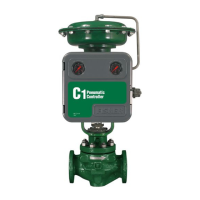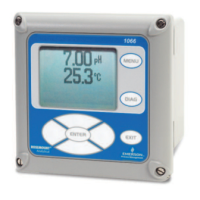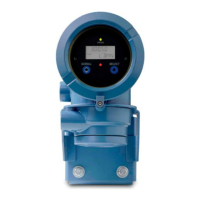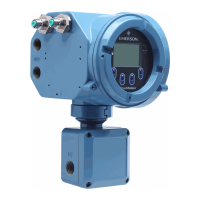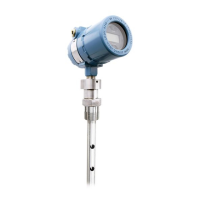Figure 5-4 shows an example of a typical formula for calculating the advisory alert level for
PeakVue.
PeakVue advisory levelsFigure 5-4:
These are the equations that govern this curve:
These, however, are generic limits. They are provided as a starting point and these values
(for a 3600 RPM machine) are used as the default alert thresholds by the vibration
transmitter.
These levels were devised for periodic data collection with a portable vibration analyzer
and are set relatively low. For frequent automated monitoring, such as that offered by the
CSI 9420, the levels can be increased for most balance of plant equipment running
between 900 and 4000 RPM. You can use the "rule of tens" as a simple but effective
approach to monitoring PeakVue on most rolling element bearing machines. Using this
guideline, we can assume the following:
Level Interpretation
0 Machine is in good condition
10 Some problem is developing on the machine
20 The problem has become serious
40 Problem is critical
Velocity, PeakVue, and temperature
MHM-97408, Rev 15 95

